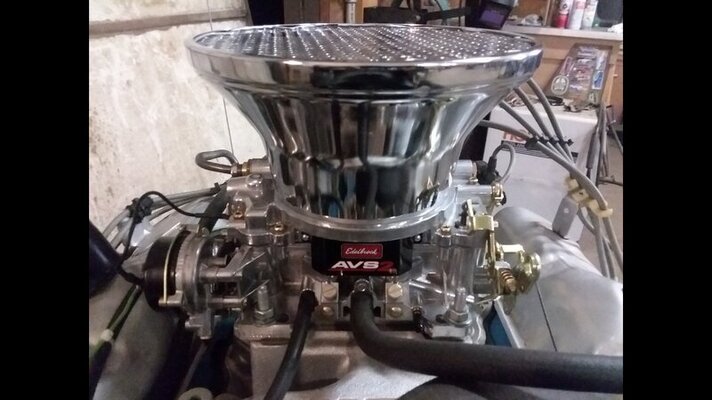I’m looking for some help deciding what cfm carb. I’m building a 360 stock stroke bored .030 over, flat top pistons says would be 10:5:1 compression, ported X heads, Schneider cam 480/430 220/210 at .050, eldelbrock rpm air gap intake, Doug’s long tube headers. It will be street driven only but I’m not an easy driver. Coan torque conver 2500 stall, 904 trans with reverse manual valve body. All redone with cope racing internals, 8.75 posi rear with 3:23 gears. Online calculators say 689 cfm.
Last edited:



















